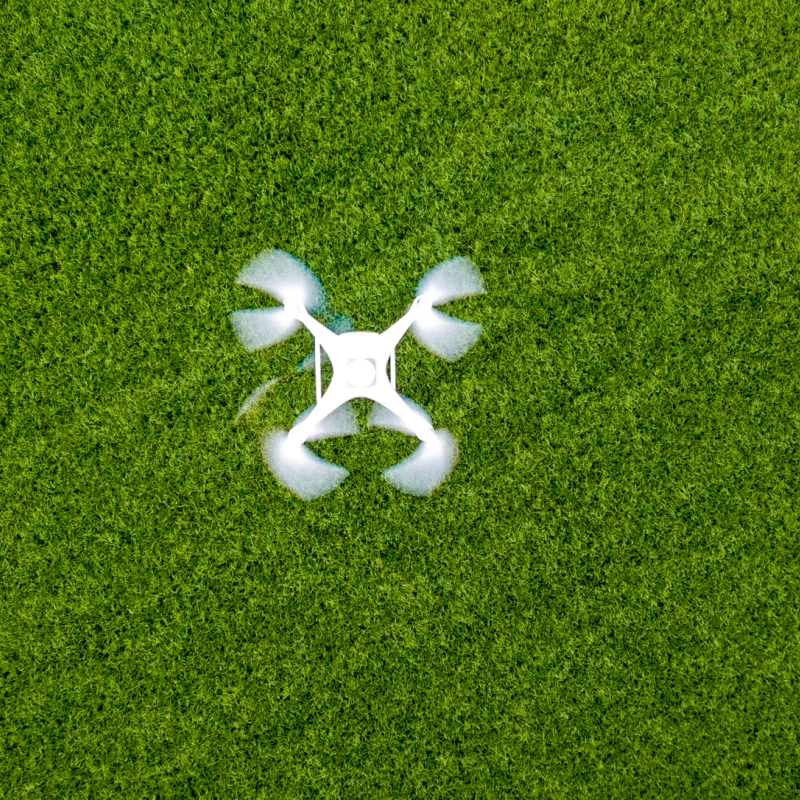Audun Korsæth
Divisjonsdirektør
Sammendrag
Det er ikke registrert sammendrag
Sammendrag
Det er ikke registrert sammendrag
Forfattere
Claire W. Armstrong Atle Harby Idar Kreutzer Anders Oskal Ivar Baste Else Hovind Hendel Liv Anna Lindman Hanne Kathrine Sjølie Kristine Grimsrud Audun Korsæth Trude Myklebust Vigdis VandvikRedaktører
Aksel MjøsSammendrag
Det er ikke registrert sammendrag

